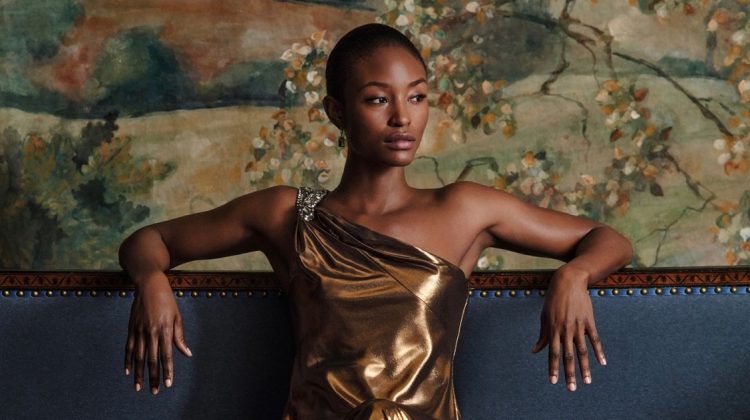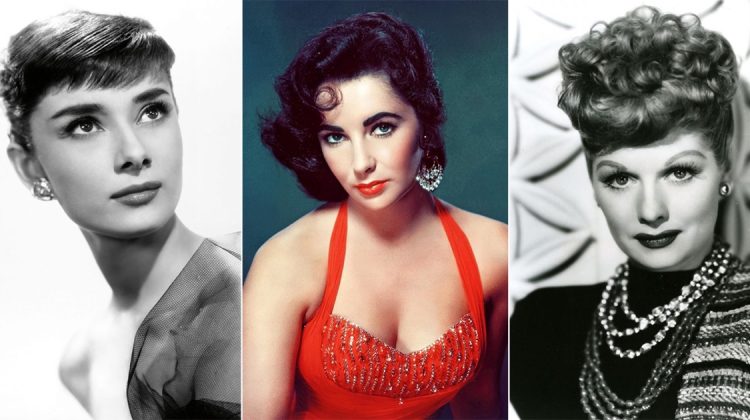
Are you looking for a new pair of sunglasses? Beyond style, it’s essential to consider which lens color best complements your lifestyle and activities. Sunglasses protect your eyes from harmful UV rays and optimize your visual experience.
Sunglass Lens Color Guide
This comprehensive sunglass lens color guide will provide a breakdown of the most popular hues and their advantages. From warm and versatile amber lenses to bold and practical green lenses, there is a color for everyone.
The perfect pair of sunglasses, like these modern Off-White glasses, should provide both style and function. By considering factors like lens color, skin tone, and additional features like polarized and photochromic lenses, you can find the perfect pair of shades to protect your eyes and optimize your visual experience.
Amber Lens: Warm & Versatile

Amber lenses are perfect for reducing glare on sunny days while maintaining warmth and contrast. They block out blue light from electronic devices, which can disrupt sleep patterns, and have a vintage tint that goes well with any outfit. They are best suited for outdoor fishing, hiking, and skiing.
Blue Lens: Cool & Protective

Blue lenses are ideal for outdoor sports and activities as they reduce glare, improve contrast and clarity, and shield your eyes from harmful blue light, which can cause eye strain. The cool blue hue also adds a stylish touch to any outfit. They are best suited for water-based activities like boating, fishing, and water skiing.
Brown Lens: Sophisticated & Shielding

Brown lenses provide superior UV protection, enhance contrast and depth perception, and reduce glare in bright light conditions. Their warm hues exude comfort and relaxation and add a touch of sophistication to any outfit. They are best suited for beach activities, driving, and outdoor sports.
Gray Lens: Classic & Adaptable

Gray lenses offer accurate color perception, reduce glare, and provide excellent versatility, making them a great choice for any occasion. They work well in various light conditions, from bright, sunny days to overcast weather. They are best suited for outdoor activities such as golf, tennis, and cycling.
Green Lens: Bold & Practical

Green lenses are perfect for those who spend a lot of time outdoors. They reduce eye strain and fatigue, block harmful UV rays, and add a pop of color to any outfit. They also complement various skin tones and clothing styles. They are best suited for outdoor activities such as hunting, golf, and fishing.
Red Lens: Striking & Functional

Red lenses enhance contrast and depth perception, improve visual acuity and reaction time, and can benefit people with certain eye conditions. They also make a bold fashion statement and add vibrant color to any outfit. They are best suited for outdoor activities such as skiing, cycling, and running.
Yellow Lens: Stylish & Useful

Yellow lenses are excellent for low-light conditions, as they enhance contrast and depth perception, reduce glare and eye strain, and improve visual acuity. They also add a stylish touch of color to any outfit. They are best suited for outdoor skiing, shooting, and cycling.
Lens Color Based on Skin Tone
While lens color is essential, it’s also crucial to consider how the color of your sunglasses will complement your skin tone and face shape. Different colors can have different effects on your overall look and style. For those with warm skin tones, brown or amber lenses can help accentuate the natural warmth in their complexion. On the other hand, cooler skin tones may benefit from shades like blue or green, which can add a touch of coolness and balance to the face.
Polarized & Photochromic Lenses: Enhance Your Visual Experience

When selecting the perfect sunglasses, there are many options beyond lens color. Two additional factors to keep in mind are polarized and photochromic lenses:
Polarized Lenses
Polarized lenses are designed to reduce glare, particularly from flat surfaces like water or snow. They work by filtering out horizontal light waves that create glare. This can be particularly helpful for outdoor activities like boating or skiing, where bright reflections can significantly distract. Polarized lenses can also help improve visual clarity and reduce eye strain.
Photochromic Lenses
Photochromic lenses, however, darken or lighten based on the amount of light present. These lenses are great for people who frequently transition between indoor and outdoor environments, as they can automatically adjust to changing lighting conditions. They can also help reduce eye strain by providing consistent brightness levels and reducing the need for your eyes to adapt constantly.
Final Words on Sunglass Lens Color Guide

When selecting the perfect pair of sunglasses, there are many factors to consider beyond just style. The lens color is essential, as each shade provides unique benefits for different activities and lighting conditions.
From warm and versatile amber lenses to bold and practical green lenses, there is a color for everyone. It’s also crucial to consider how the color of your sunglasses will complement your skin tone and face shape.
Beyond lens color, polarized and photochromic lenses are additional factors to consider. Polarized lenses are perfect for outdoor activities like boating or skiing, where bright reflections can significantly distract. In contrast, photochromic lenses are great for people who frequently transition between indoor and outdoor environments.
Ultimately, the perfect pair of sunglasses should provide both style and function. By considering factors like lens color, skin tone, and additional features like polarized and photochromic lenses, you can find the perfect pair of shades to optimize your visual experience and protect your eyes from harmful UV rays.
Whatever color lens you get, be mindful of where you store your sunglasses. Proper accessory storage helps extend its lifespan and protects it from dirt and damage.




